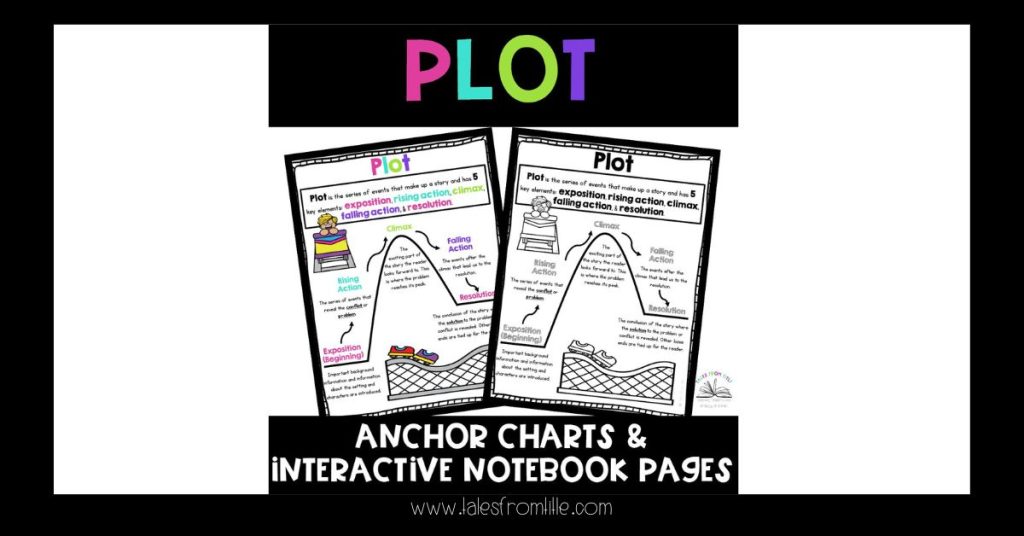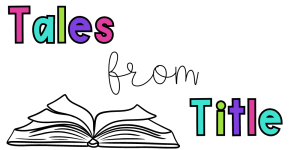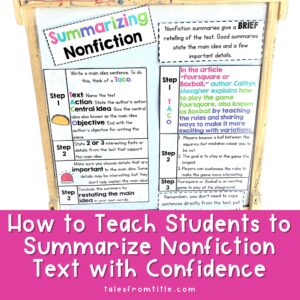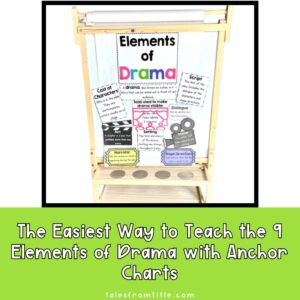Storytelling is a true art that has been present on Earth for thousands of years. Regardless of culture or time, humans have been telling and passing down stories generation after generation. Stories, both those told orally and those written down, allow the listener or reader to be captivated and transported to different worlds.
However, to truly engross your audience, stories must have a plotline. As teachers, it is so important that we teach students the components of a plot. We need to do this not only to enhance their understanding of fiction work, but also to give them the tools to become great storytellers themselves.
As we take a closer look at what we mean when we talk about the plot of a story, we are going to focus on five essential elements students must know: exposition, rising action, climax, falling action, and resolution. I also like to think about plot like a roller coaster, so I will use the roller coaster analogy after explaining each element.

Exposition: Setting the Stage
A story’s journey begins with exposition, the stage-setting phase where the main characters, setting, and initial conflict are introduced. Explore ways different author’s set the stage by studying a variety of fiction stories. Discuss the variety of ways different author’s hook their reader in to create a solid foundation for their story.
Where we are on the roller coaster: I like to think of the exposition of the roller coaster as being in the loading area of the ride. The excitement is building and we can’t wait to see how this ride goes. We only know a little bit about the ride so far, but we can’t wait to get going.

Rising Action: Building Tension
As the plot unfolds, the rising action comes into play. This is the phase where the story develops, and conflicts intensify. Students should be encouraged to think about the challenges characters face, and how these challenges propel the narrative forward. Use this time to explore the cause-and-effect relationship between events, creating a dynamic and engaging storyline that keeps readers eagerly turning the pages.
Where we are on the roller coaster: At this point in the ride we’ve experienced a few fun climbs, drops, and twists and turns. The ride has our adrenaline going and we can’t wait to see what else it has in store for us.

Climax: The Pinnacle of Tension
The climax is the narrative’s high point, where the characters are involved in maximum tension and conflict. This is where the stakes are highest, and the fate of the characters hangs in the balance. In teaching the climax, guide students to identify the pivotal moment where the central conflict reaches its peak. This moment often shapes the characters’ destinies and serves as a turning point in the story.
Where we are on the roller coaster: We are at the top of the highest hill about ready to go racing down. We know at this point that whatever comes at the bottom of this drop won’t be as thrilling as the ride is now.

Falling Action: Resolving Tensions
Following the climax, the falling action guides the story towards resolution. Tensions begin to subside, and loose ends are tied up. Encourage students to explore the aftermath of the climax, addressing the consequences of the characters’ actions. This phase is an opportunity to showcase character growth and to prepare the audience for the story’s conclusion.
Where we are on the roller coaster: We are racing down the hill and back toward the loading area. We are experiencing our last few twists, turns, and loops.

Resolution: Closure and Reflection
The resolution is the final chapter of the plot, providing closure to the narrative. Here, authors bring their stories full circle, offering a sense of completeness to the reader. Explore ways author’s provide resolution in their text. Don’t forget to include texts that leave you hanging and wanting to know more.
Where we are on the roller coaster: We have made it back to the loading area and are exiting the ride. We can’t believe how fun the ride was and we can’t wait to tell people about it.
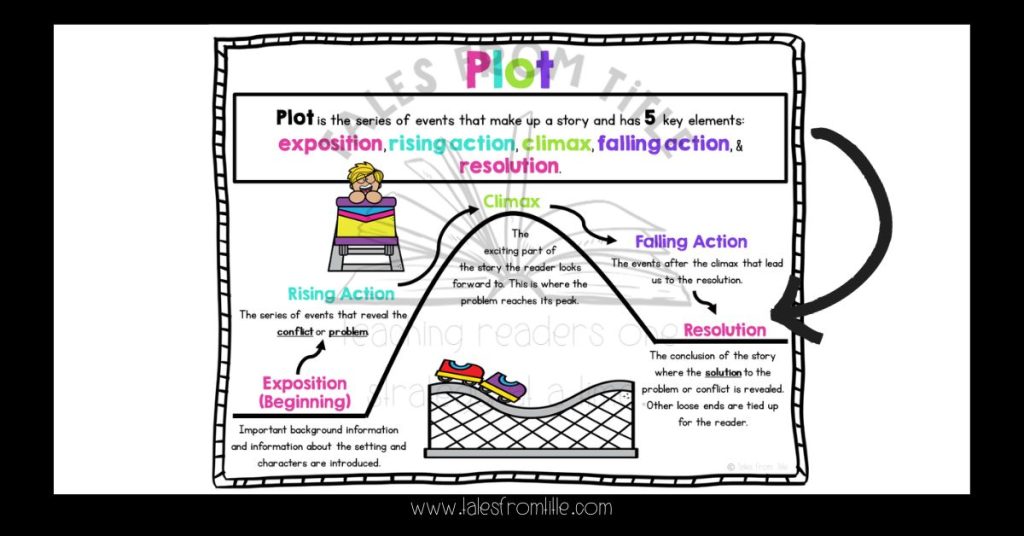
Conclusion
Teaching students the components of a plot empowers them to better understand the text they are reading as well as enhance their ability as a storyteller. By understanding the intricacies of a story’s plot, students can model their craft after some of their favorite authors. As you explore plot with your students, take time to use graphic organizers and plot diagrams to help students understand the five key components of plot.
If you need a way to teach or review the components of plot with your students, check out my Plot anchor charts and interactive notebook pages. All the work of anchor chart and interactive notebook creation is done for you and lesson plans are included!
